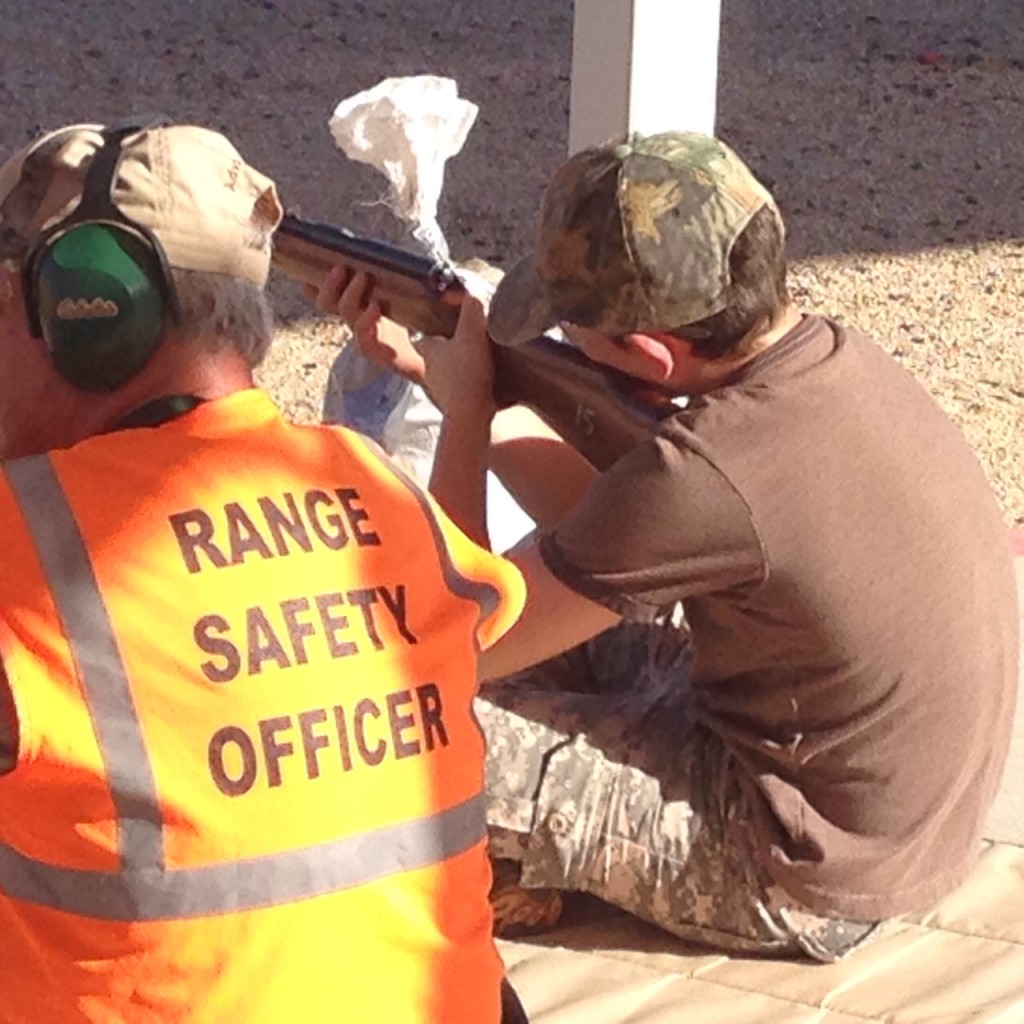For three years my 11-year-old son has begged me to let him play tackle football. For three years, I have said “no”.
For some reason, I have determined tackle rugby is much safer and he played his first match this past Saturday.

Photo Credit: KevinScott.Org via Compfight cc
To my credit, he loves rugby and cannot wait to go to practice (especially when the fields are a little wet). He plays hard and his Aussie coaches have been fantastic at teaching the basics of the game and of smart tacking.
So, why tackle rugby and not tackle football?
I have no rational answer to the question. I just went with my gut instinct.
Having watched his rugby practice and game, the sport moves at a different pace than American football. The pacing and play appears to protect from the brutal hits I loved to watch in those old NFL Film shows on VHS (which reminds me…I need to see if those are available on DVD or on-demand).
One of those shows was called “NFL Rocks” and I wore both volumes out on my VCR. One segment from Vol. 2 focused on Junior Seau. I had no idea what price Seau would eventually pay as a consequence of his years in football. While more than concussions may have been at play, Seau’s story and those of many more provide a compelling warning.
Time will tell if my son will want to keep playing rugby or will want to play both rugby and tackle football. Time will also tell if/when my ex and I decide to let him play tackle football.
In the meantime, he will go to get a baseline assessment at Phoenix Children’s Hospital in case he ever does get a concussion from rugby, football, or any of another 1,000,000 ways it could happen.
Have you allowed your kids to participate in risky sports? How did you make the decision? How much does their desire to play affect your decision making?







